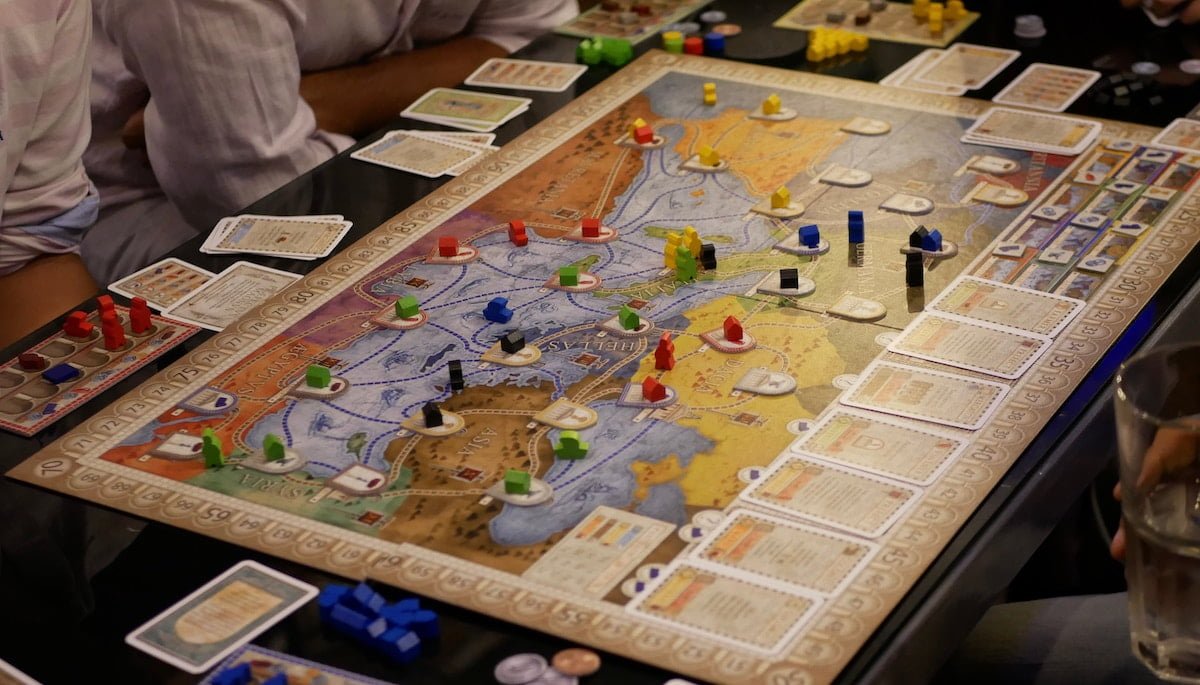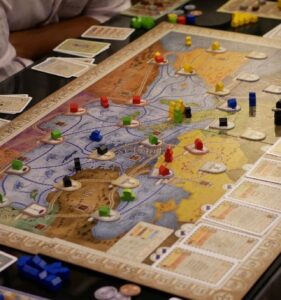Game theory is the study of decision-making in strategic situations, where one person’s decision depends on the decisions made by others. While initially developed as a tool for analyzing economic behavior, game theory has found application in diverse fields ranging from political science to psychology. In recent years, game theory has also emerged as a powerful tool for innovation, enabling companies to make strategic decisions that fuel creativity and drive success.
In this article, we will explore the intersection of game theory and innovation. We will discuss the principles of game theory and how they can be applied to innovation. We will also examine real-world examples of companies that have successfully used game theory to power their innovation efforts.
Principles of Game Theory
Game theory is based on the idea that people make decisions based on their perception of the choices available to them and the potential outcomes of those choices. In game theory, a strategic situation is defined as one where each player’s decision affects the outcome of the game. Each player has a set of strategies available to them, and the outcome of the game depends on the strategies chosen by each player.
One of the key principles of game theory is the concept of Nash equilibrium. A Nash equilibrium is a set of strategies where no player can improve their outcome by changing their strategy, assuming all other players remain consistent. In other words, a Nash equilibrium is a stable outcome where no player has an incentive to deviate from their chosen strategy.
Another important principle of game theory is the idea of dominant strategies. A dominant strategy is one that is always optimal for a player, regardless of the strategies chosen by other players. In a game where each player has a dominant strategy, the game will always result in a particular outcome.
The core concepts of game theory
Game theory is a branch of mathematics and economics that studies how individuals or organizations make decisions in strategic situations. The core concepts of game theory include:
- Players: A game involves at least two players, each of whom has a set of available actions to choose from.
- Strategies: A strategy is a complete plan of action that a player can take in the game. Players choose a strategy based on the possible outcomes of the game and their individual goals.
- Payoffs: Payoffs are the rewards or penalties associated with each outcome of the game. Each player has a preference over the possible outcomes, and the payoffs determine the desirability of each outcome.
- Information: Players may have varying degrees of information about the game, such as the other players’ strategies, the payoffs associated with each outcome, or the rules of the game.
- Nash equilibrium: A Nash equilibrium is a set of strategies where no player can improve their outcome by unilaterally changing their strategy, assuming all other players remain consistent. In other words, a Nash equilibrium is a stable outcome where no player has an incentive to deviate from their chosen strategy.
- Game types: Game theory models different types of games, including zero-sum games, non-zero-sum games, cooperative games, and non-cooperative games. Each game type has different assumptions and implications for players’ behavior.
- Dominant strategies: A dominant strategy is a strategy that is always optimal for a player, regardless of the strategies chosen by other players. In a game where each player has a dominant strategy, the game will always result in a particular outcome.
- Prisoner’s dilemma: The prisoner’s dilemma is a famous game theory scenario that involves two suspects who are arrested and held in separate cells. Each suspect is given the opportunity to confess or remain silent, with different payoffs associated with each possible outcome.
- Mixed strategy: A mixed strategy is a strategy that involves randomly choosing between different available actions, based on a probability distribution. Mixed strategies can be used to introduce uncertainty into the game and make it more difficult for other players to predict a player’s behavior.
Game theory provides a framework for analyzing strategic decision-making and understanding the incentives and motivations of different players in a game. By studying the core concepts of game theory, researchers can model and predict the behavior of players in different situations, and develop strategies for achieving optimal outcomes.
Applying Game Theory to Innovation
Game theory can be applied to innovation in a number of ways. One approach is to use game theory to analyze the competitive landscape and identify opportunities for innovation. By understanding the strategies of competitors, companies can identify gaps in the market and develop new products or services that fill those gaps.
Another approach is to use game theory to drive innovation within a company. By creating a game-like environment, companies can encourage employees to think creatively and develop innovative solutions. This can be done through competitions, rewards programs, or other incentive structures.
Game theory can also be used to manage risk in innovation. By modeling potential outcomes and identifying potential risks, companies can make strategic decisions that minimize risk and maximize potential rewards. This can help companies avoid costly mistakes and make more informed decisions about which innovations to pursue.
Examples of Game Theory in Innovation
There are many examples of companies that have successfully used game theory to power their innovation efforts. One such example is Netflix, which uses game theory to optimize its recommendation algorithm. By analyzing the viewing habits of its users, Netflix is able to recommend content that is likely to be of interest to each user, increasing user engagement and retention.
Another example is Apple, which uses game theory to manage its supply chain. By modeling potential outcomes and identifying potential risks, Apple is able to make strategic decisions about how to source components and manage inventory. This helps Apple minimize the risk of supply chain disruptions and ensure that products are delivered on time.
Conclusion
Game theory has emerged as a powerful tool for innovation, enabling companies to make strategic decisions that fuel creativity and drive success. By applying game theory principles to the competitive landscape, internal innovation efforts, and risk management, companies can identify opportunities for innovation, encourage creativity, and minimize risk. As innovation becomes increasingly important for business success, game theory is likely to play an increasingly important role in driving innovation forward.
Applying Game Theory to Innovation
Game theory can be applied to innovation in various ways. Some of the common approaches include analyzing the competitive landscape, creating game-like environments within the organization, and managing risk associated with innovation.
Analyzing the competitive landscape:
Game theory can be used to analyze the competitive landscape and identify opportunities for innovation. By understanding the strategies of competitors, companies can identify gaps in the market and develop new products or services that fill those gaps. This can help companies gain a competitive advantage by developing unique solutions that meet customer needs better than the competition.
For example, a company can analyze the different strategies that its competitors are using to gain market share. By analyzing the strengths and weaknesses of these strategies, the company can identify opportunities for innovation. This can involve identifying underserved markets or developing new technologies that can disrupt the existing market.
Creating game-like environments within the organization:
Companies can create game-like environments within the organization to encourage employees to think creatively and develop innovative solutions. This can be done through competitions, rewards programs, or other incentive structures. By gamifying the innovation process, companies can motivate employees to come up with unique solutions and promote a culture of innovation.
One example of gamifying innovation is the use of innovation challenges. These challenges can be designed to encourage employees to work together and come up with innovative ideas to solve specific business problems. By offering rewards and recognition for the best ideas, companies can incentivize employees to think creatively and contribute to the innovation process.
Managing risk associated with innovation:
Game theory can be used to manage risk associated with innovation. By modeling potential outcomes and identifying potential risks, companies can make strategic decisions that minimize risk and maximize potential rewards. This can help companies avoid costly mistakes and make more informed decisions about which innovations to pursue.
For example, a company can use game theory to model different scenarios related to a new product launch. This can include factors such as market demand, competition, and production costs. By analyzing the potential outcomes of each scenario, the company can make informed decisions about whether to proceed with the launch or delay it. This can help the company avoid potential risks and ensure that the innovation process is aligned with the overall business strategy.
In conclusion, game theory can provide valuable insights into the innovation process. By applying game theory principles to the competitive landscape, internal innovation efforts, and risk management, companies can identify opportunities for innovation, encourage creativity, and minimize risk. As innovation becomes increasingly important for business success, game theory is likely to play an increasingly important role in driving innovation forward.


